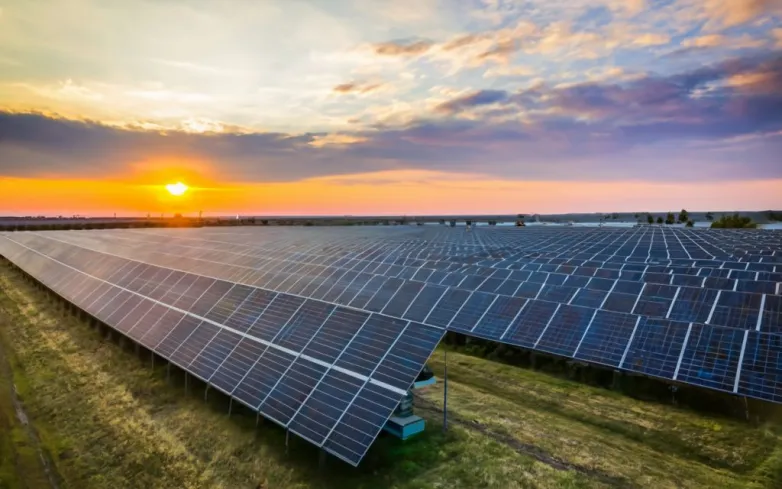Tauron Powers Up Poland's Largest Solar Farm
- Tauron Polska Energia connects a 37-MW solar farm in Myslowice, Poland to the grid, using China's Kehua Digital Energy's inverter product. The innovative project is built on a reclaimed landfill and expected to generate 39 GWh of electricity annually.

Polish utility Tauron Polska Energia has connected a 37-MW solar farm in Myslowice, Poland to the country's grid. The project used China's Kehua Digital Energy's inverter product, Kehua SPI 250K-B-H. Tauron is the investor in the development. The solar farm was built on a reclaimed furnace waste landfill in a remote suburb of Myslowice, which required the use of inverters with IP66 protection to prevent water vapour corrosion and internal heating to adapt to high humidity and cold environments. The Myslowice plant is expected to generate around 39 GWh of electricity per year.
Polish utility Tauron Polska Energia has connected a 37-MW solar farm in Myslowice, Poland to the country's grid. The project used China's Kehua Digital Energy's inverter product, Kehua SPI 250K-B-H. Tauron is the investor in the development. The solar farm was built on a reclaimed furnace waste landfill in a remote suburb of Myslowice, which required the use of inverters with IP66 protection to prevent water vapour corrosion and internal heating to adapt to high humidity and cold environments. The Myslowice plant is expected to generate around 39 GWh of electricity per year.
What inverter product was used for the 37-MW solar farm in Myslowice, Poland?
- The inverter product used for the 37-MW solar farm in Myslowice, Poland is the Kehua SPI 250K-B-H.
- The Kehua SPI 250K-B-H is a product of China's Kehua Digital Energy.
- Tauron Polska Energia, a Polish utility, is the investor in the development of the solar farm.
- The solar farm was built on a reclaimed furnace waste landfill in a remote suburb of Myslowice.
- Inverters with IP66 protection were used for the project to prevent water vapor corrosion and internal heating.
- The use of IP66 protection allows the inverters to adapt to high humidity and cold environments.
- The Myslowice plant is expected to generate approximately 39 GWh of electricity per year.
Also read

